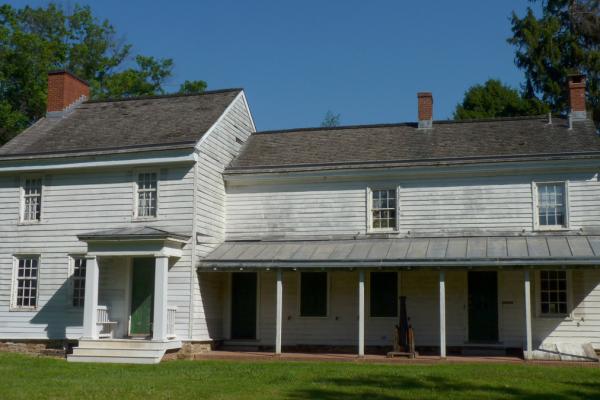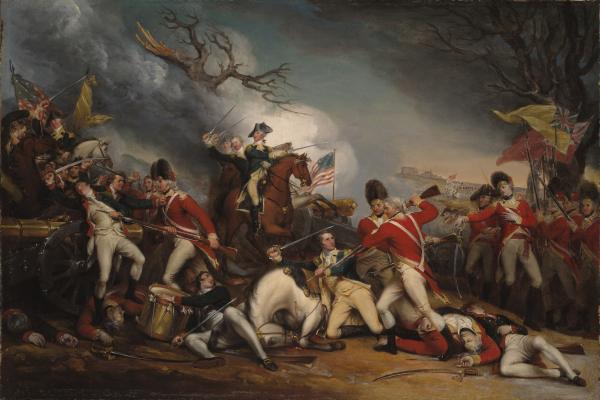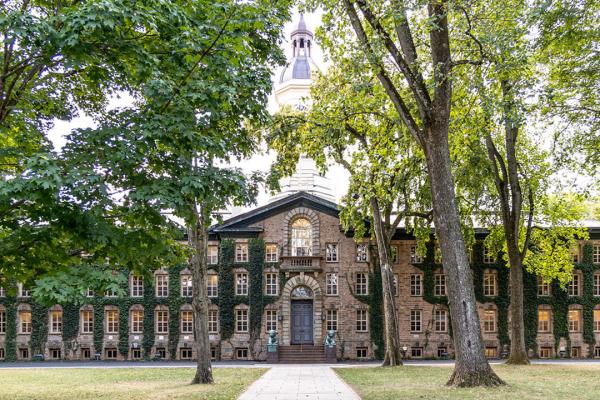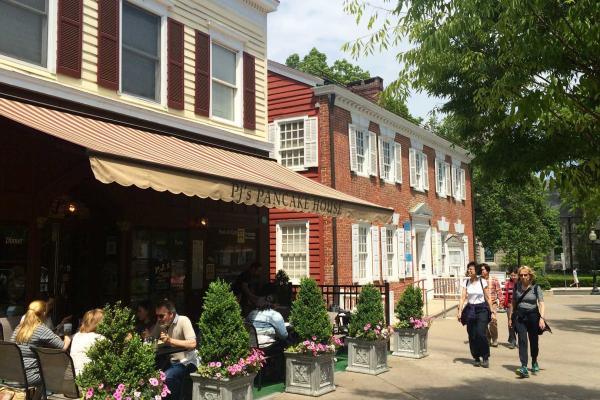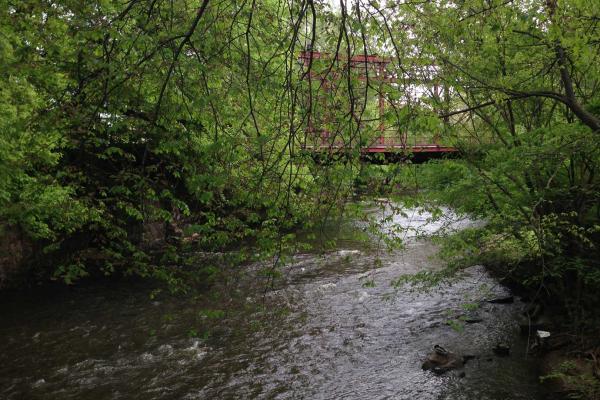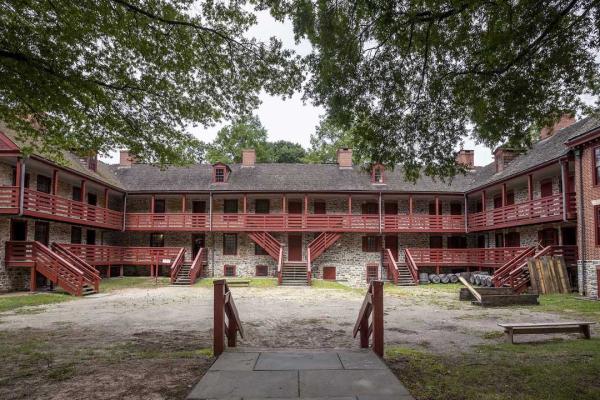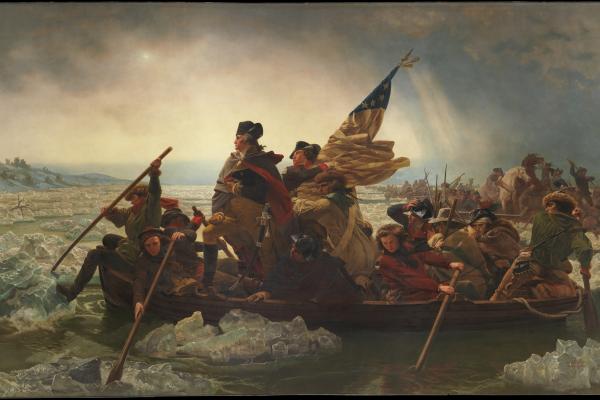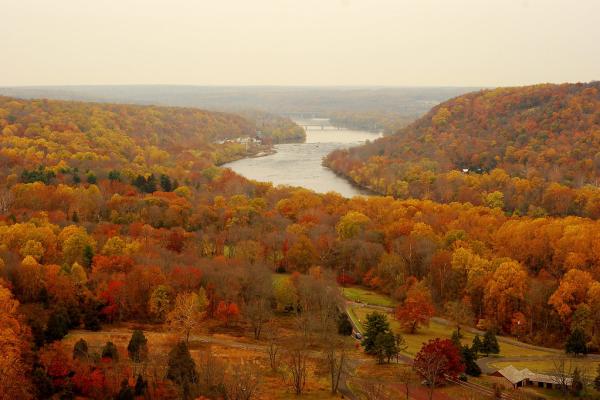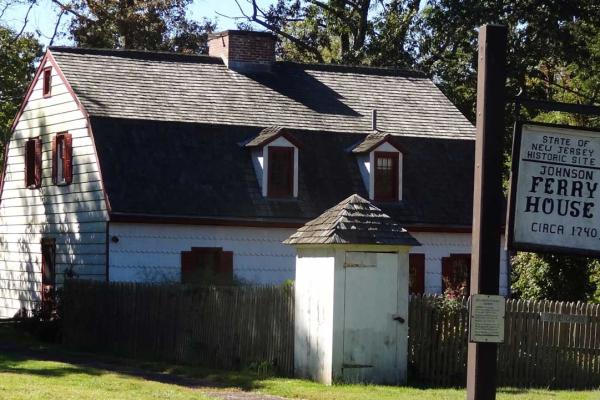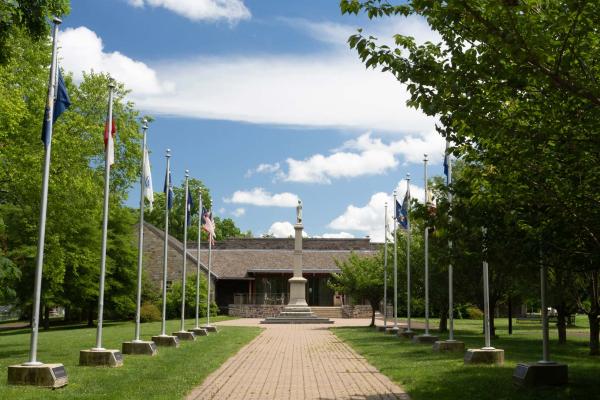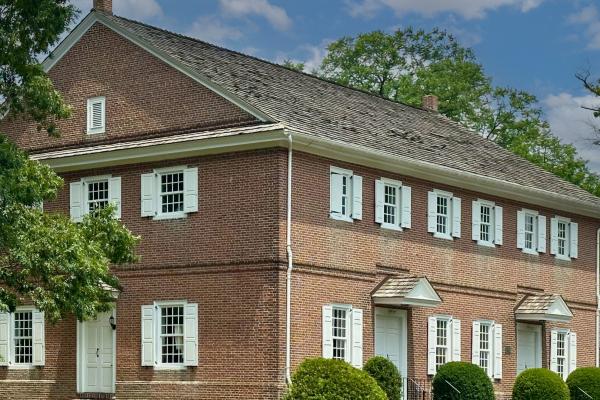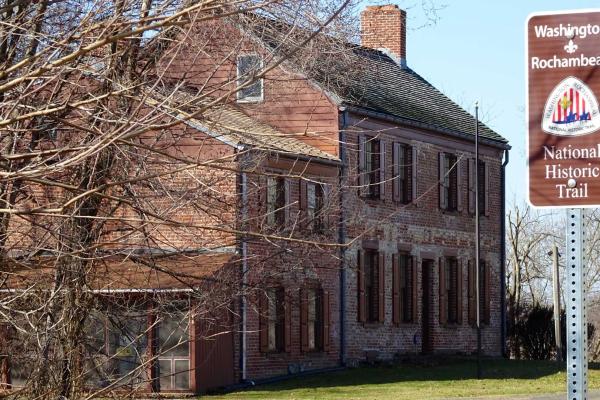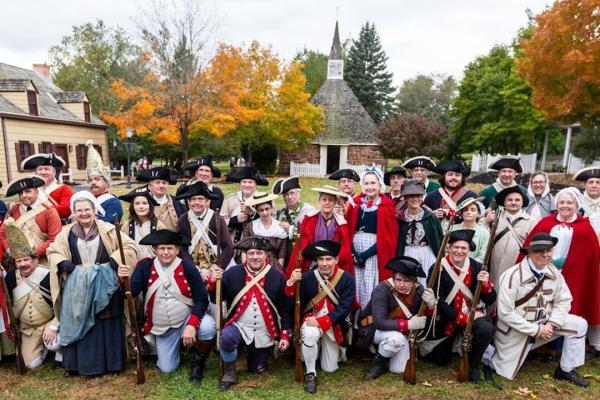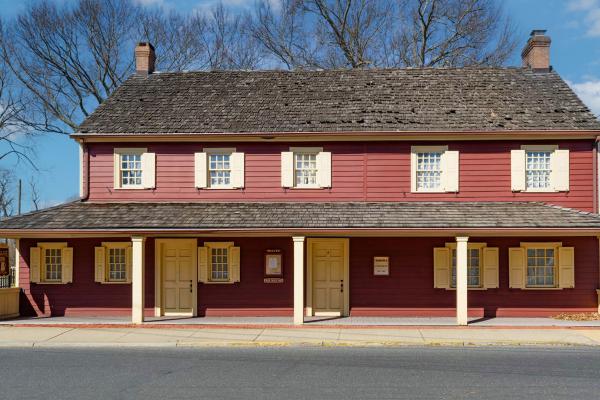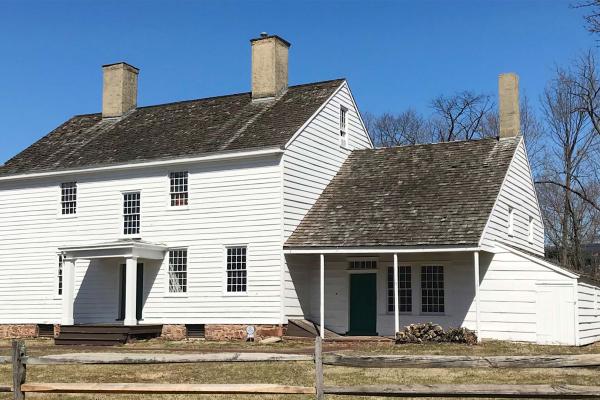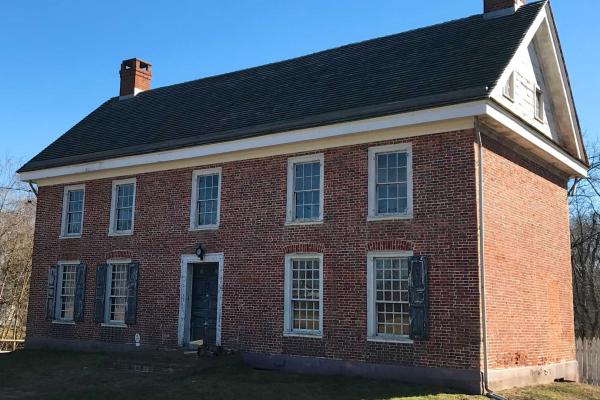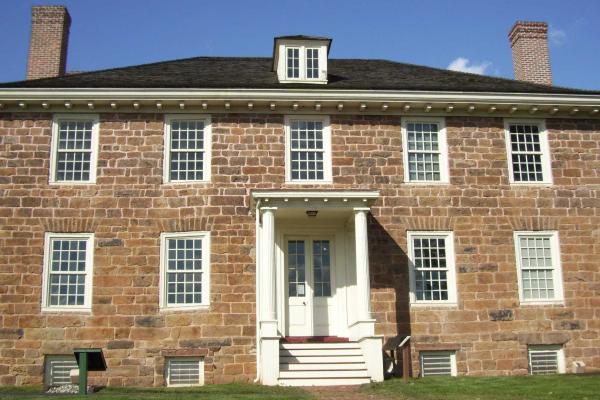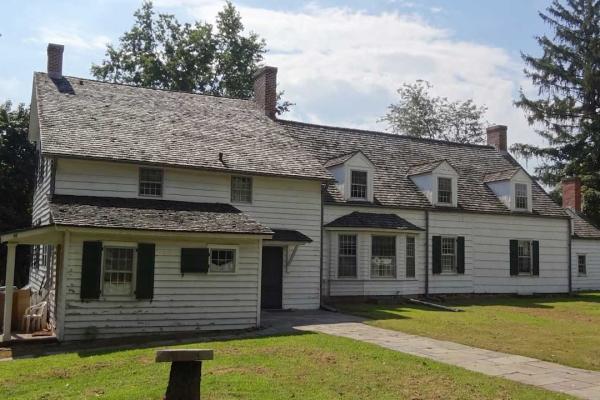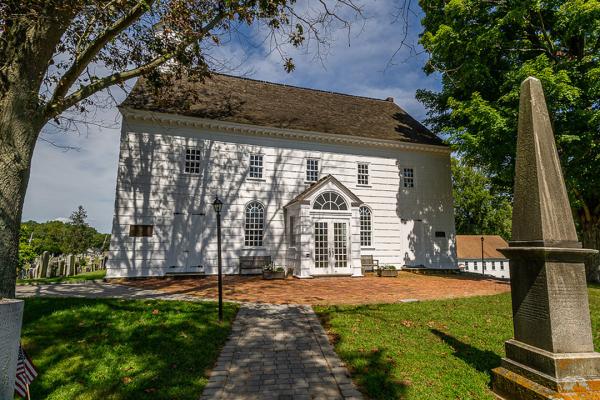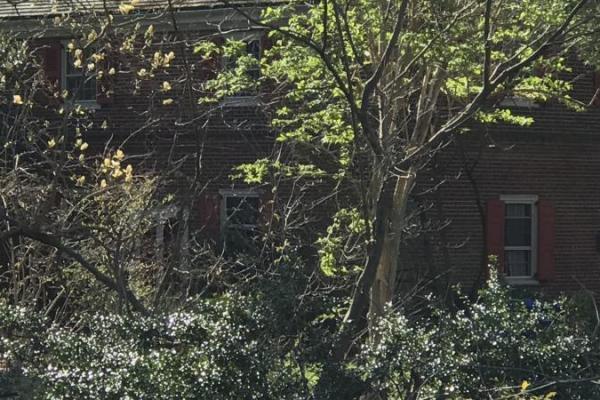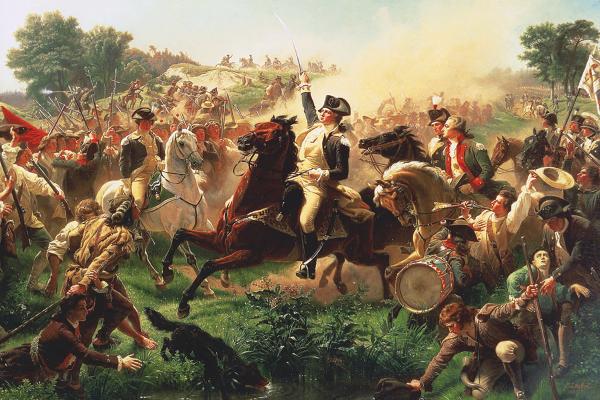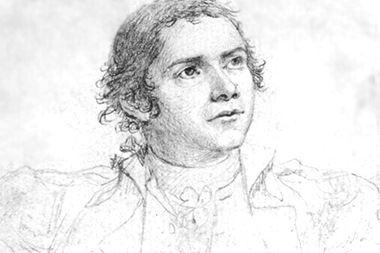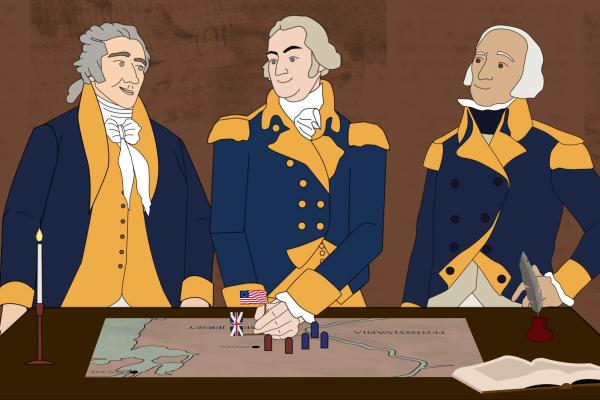The Thomas Clarke House, built in 1772, was originally the center of a 200-acre Quaker farm but became a pivotal site in the Battle of Princeton on January 3, 1777. During the battle, the modest white clapboard farmhouse stood in the thick of the fighting as General George Washington’s Continental Army clashed with British Crown forces. After the battle, the Clarke family, members of the Stony Brook Quaker Settlement, transformed their home into a field hospital for wounded soldiers from both sides. Among those treated was General Hugh Mercer, who had been shot and bayoneted by British troops. Despite the efforts of Dr. Benjamin Rush, a signer of the Declaration of Independence, Mercer succumbed to his wounds nine days later. Mercer County, where the battlefield is located, was later named in his honor.
Nearby, the Mercer Oak stood as a silent witness to the battle, marking the site where legend says the wounded general fell. Immortalized in John Trumbull’s painting, The Death of General Mercer at the Battle of Princeton, the original oak remained a symbol of the battle until it collapsed from age in 2000. A descendant of the tree now stands in its place, continuing its legacy. The battlefield also features the Ionic Colonnade, a striking architectural monument that originally adorned the Philadelphia home of merchant Matthew Newkirk before being relocated to Princeton. Today, it marks the entrance to the gravesite of fallen soldiers, where both American and British troops who perished in the battle are buried. A plaque at the site bears an excerpt from Alfred Noyes' 1917 poem Princeton, honoring the sacrifices of those who fought in the struggle for independence.
